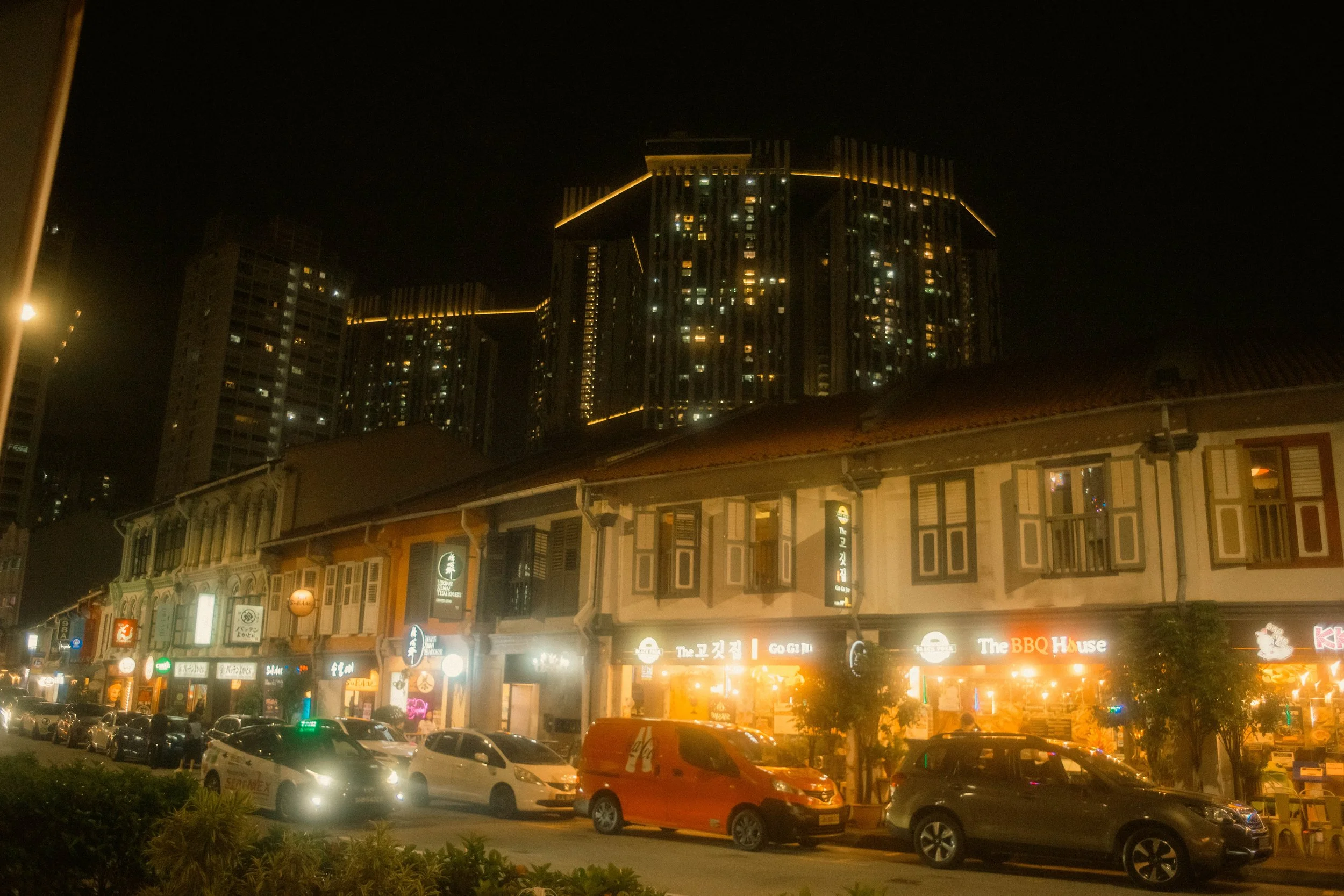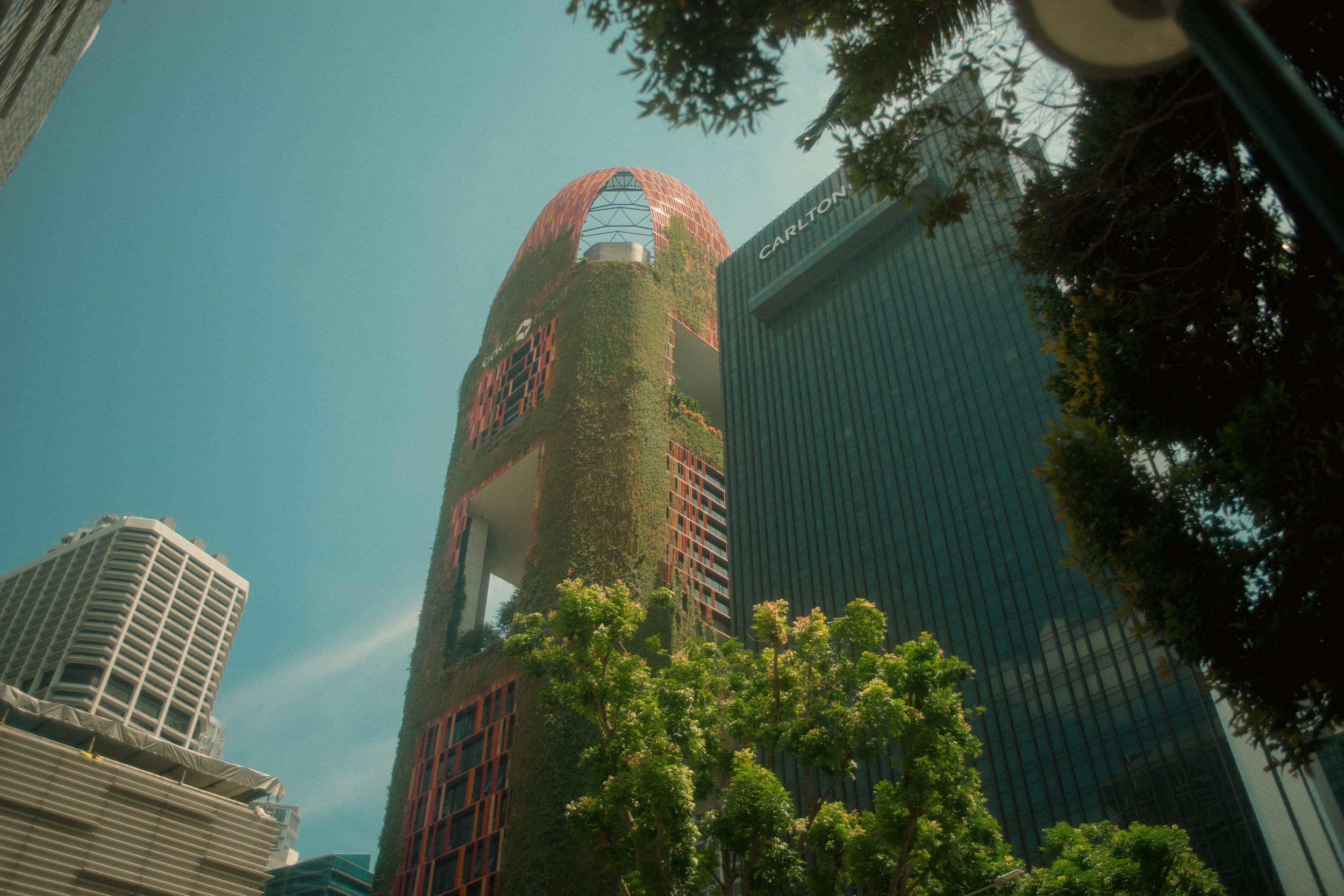
Creating Garden Cities.
“Urbanization is one of the most intensive and rapid human-driven factors that threaten biodiversity.”
(Frontiers)
“We have built, we have progressed. But no other hallmark of success will be more distinctive than that of achieving our position as the cleanest and greenest city in South Asia.”
~ Lee Kuan Yew (PM of Singapore)
“Creating Garden Cities”, is a story of hope, hope for a better relationship between human development and the wild. With urban living on the rise, we need to focus on how to create sustainable urban living. Today, over 50% of people live in cities, and the amount of people living in cities is expected to double by 2050 (Urban Development Overview, n.d.). One of the biggest issues is that when cities and infrastructure are being built, the values are not in the right place. Money and aesthetics are prioritized, whereas conservation, the impact on biodiversity, and climate change are often not a major contributing factor. Current governments and populations are not economically rewarding proper values. Biodiversity is not valued when creating cities. “It took around 300,000 years to reach a billion people and only 218 years more to reach 8 billion” (Erickson & Bennett, n.d.).
Singapore is on their way to finding a solution.
“Today, over 50% of people live in cities, and the amount of people living in cities is expected to double by 2050.” (UDO)
An Urban Shift: As the human population on earth is multiplying exponentially, the nature and biodiversity within is dying. According to the NIH, “Their findings reveal that burgeoning cities are a far more serious driver of biodiversity decline than many realize, with environmental impacts comparable with those of planet-altering activities, such as agriculture and forestry” (NCBI, 2022). Also, it is especially important to address this worldwide issue from a unified front. We need to share research with other countries and push for global change. According to the NIH, “[Population] increases largely result from rising human numbers in developing nations, which are primarily located in tropical and subtropical regions that are the epicenters of global biodiversity” (NCBI, 2022). When creating the “Garden City” of Singapore, Lee Kuan Yew also remembered the underprivileged. As he stated in 1968, “An elected government cannot have certain sections of the city clean and green...and leave the rest to fester” (CNBC, 2016). As the “Garden City” was formed, Singapore’s nature flourished. “In 1974, Singapore had 158,000 trees. Forty years later, it had 1.4 million” (AI, 2022). Singapore has prioritized conservation, the natural land, and the beauty of the natural world. They have used legislation and empathy to create a country of natural beauty and healthy meditation. Singapore has prioritized the natural land as a leading value of the country instead of fighting against it, and its impact on the people and the biodiversity is one of optimism and life.
“In 1974, Singapore had 158,000 trees.
Forty years later, it had 1.4 million.” (AI, 2022)
Garden Cities are the solution to creating a symbiotic relationship between the natural world and an ever-growing human population. Currently, we are destroying the biodiversity on our planet, taking the life and opportunity for life from many natural wonders, and plowing through the earth without much regard for the wildlife and nature that were there before us. This must change. An important motivator of maintaining a “Garden City” comes through legislation. Big Think shared an article on Singapore’s Garden City: “If developers build on an open space, they must replace it with green elsewhere in the project. Through LUSH incentives, or “Landscaping for Urban Spaces and High- Rises” (AI, 2022), developments can create sky terraces and gardens to satisfy these requirements.” We need to think first, consider the economic impact, enforce policies, and urbanize our lands after all factors have been considered. This will inspire positive change, as people will begin to see the impact that a “Garden City” has on its human population and its biodiversity.
Let’s continue to Create Garden Cities in our own communities throughout the world.
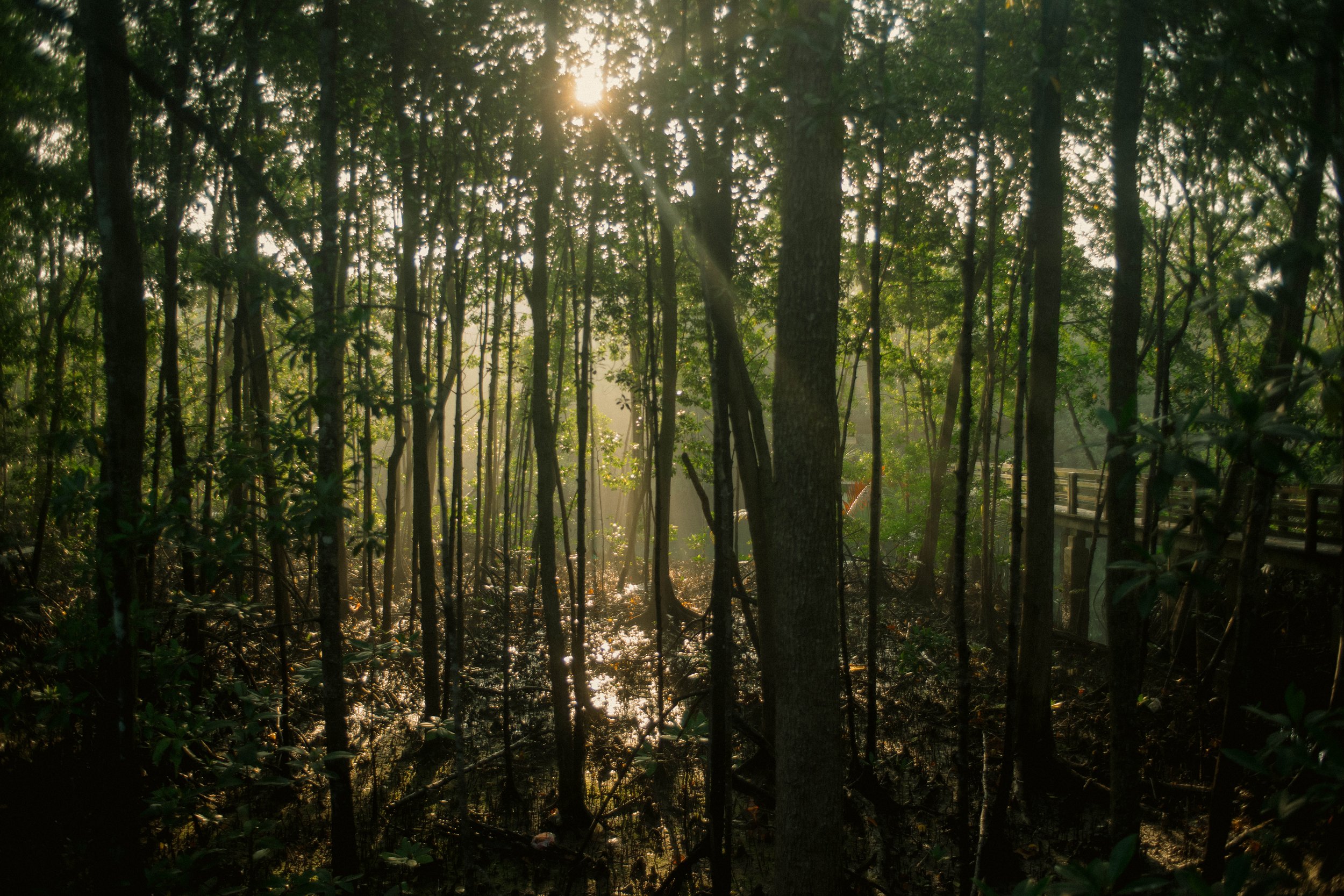
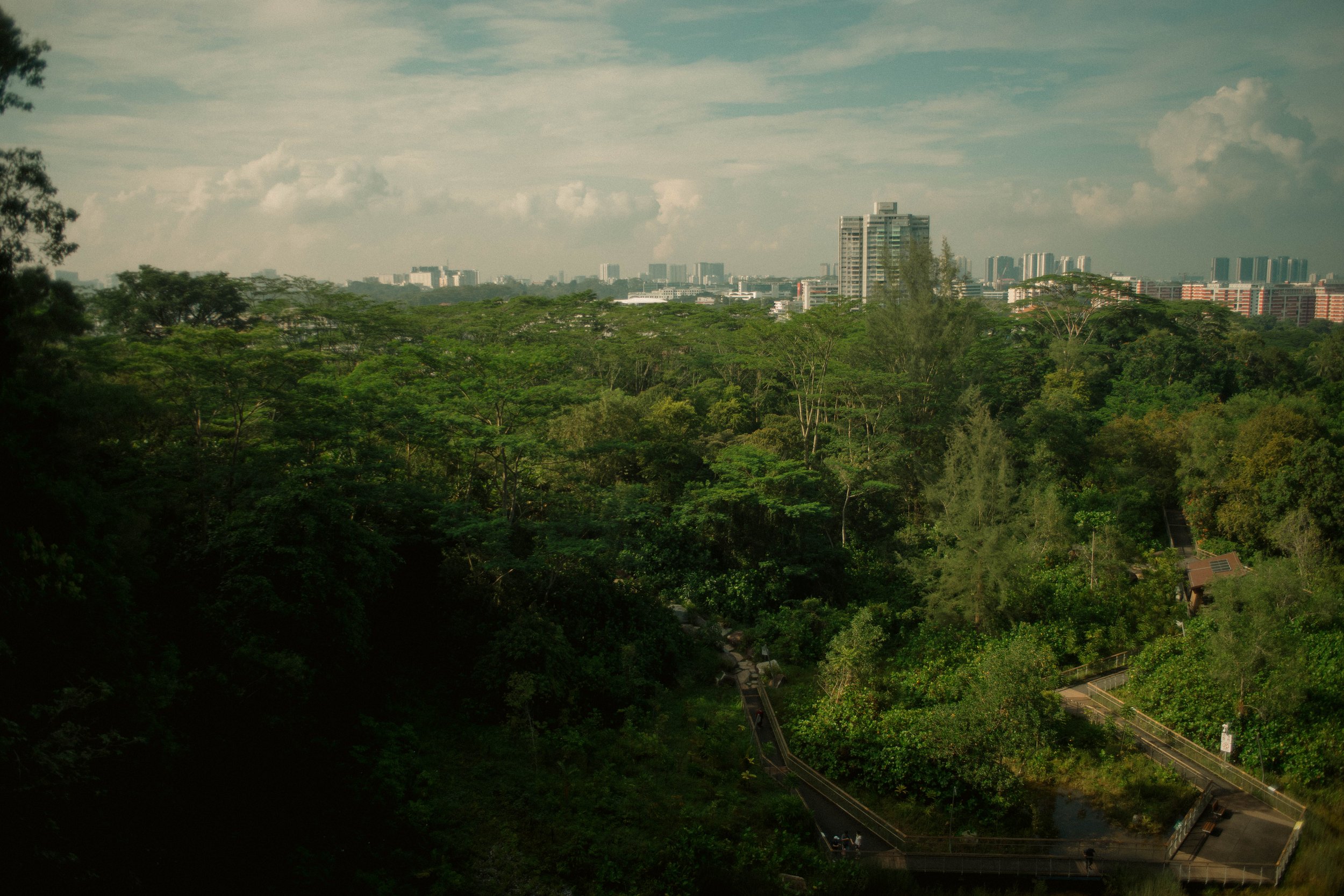
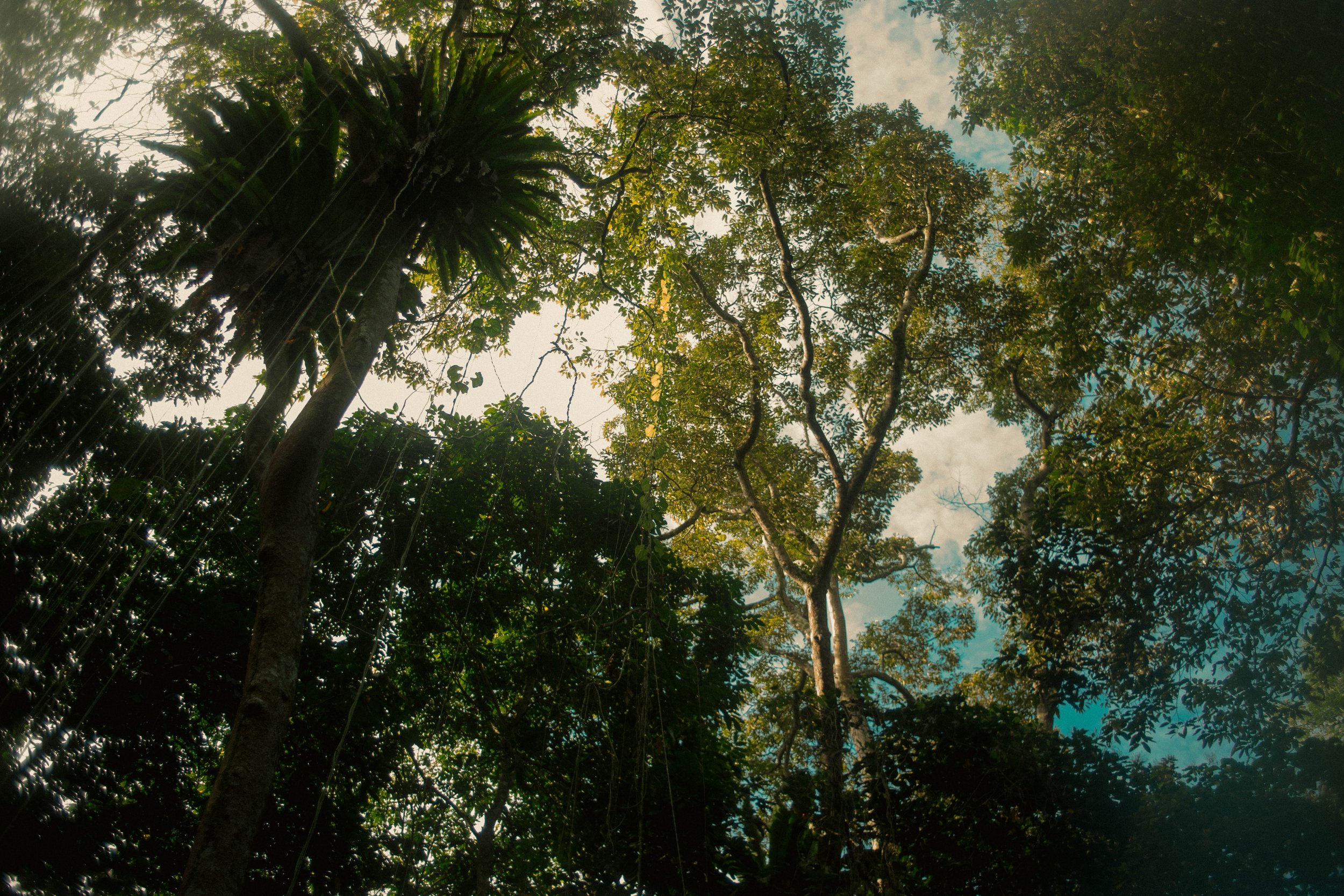
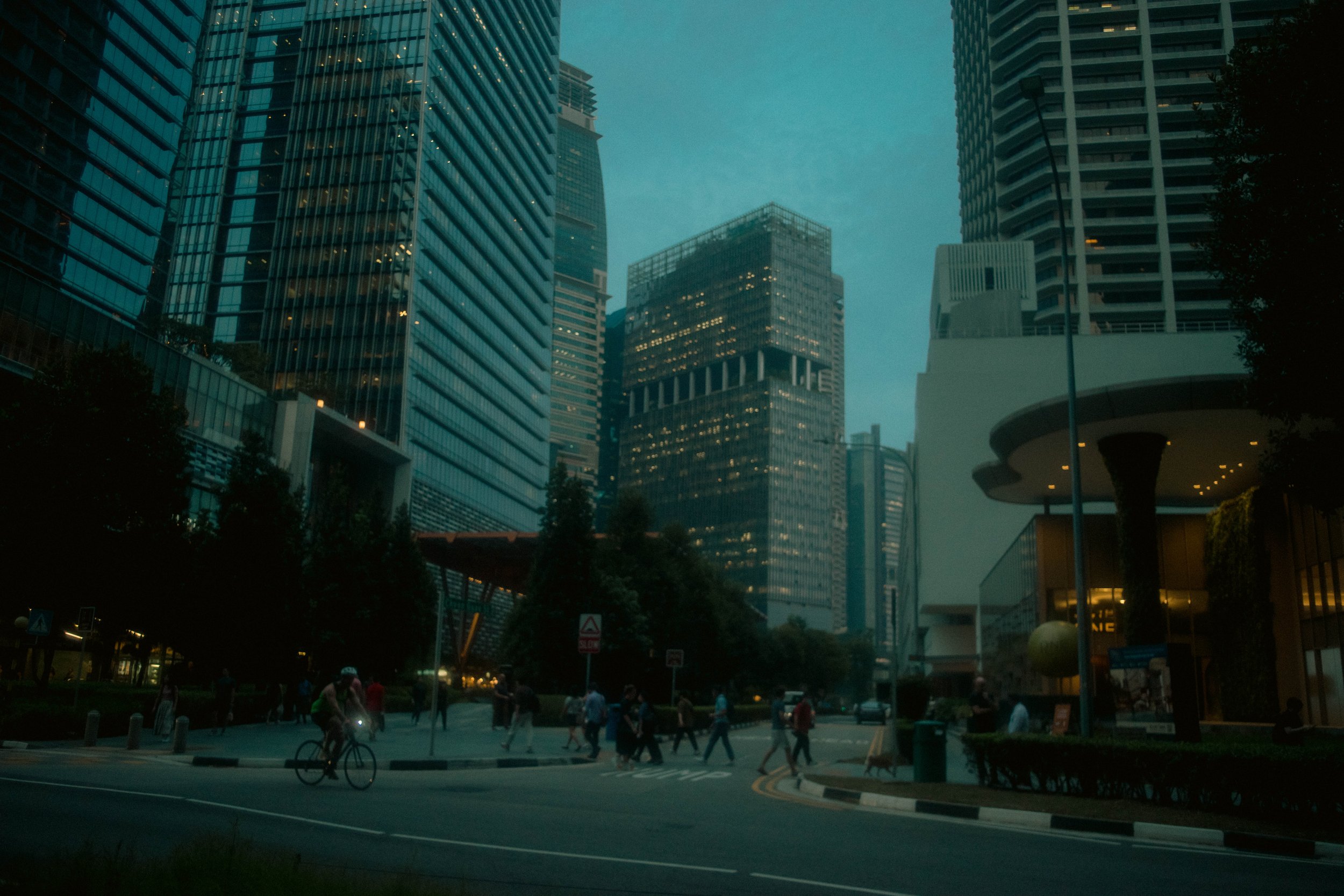
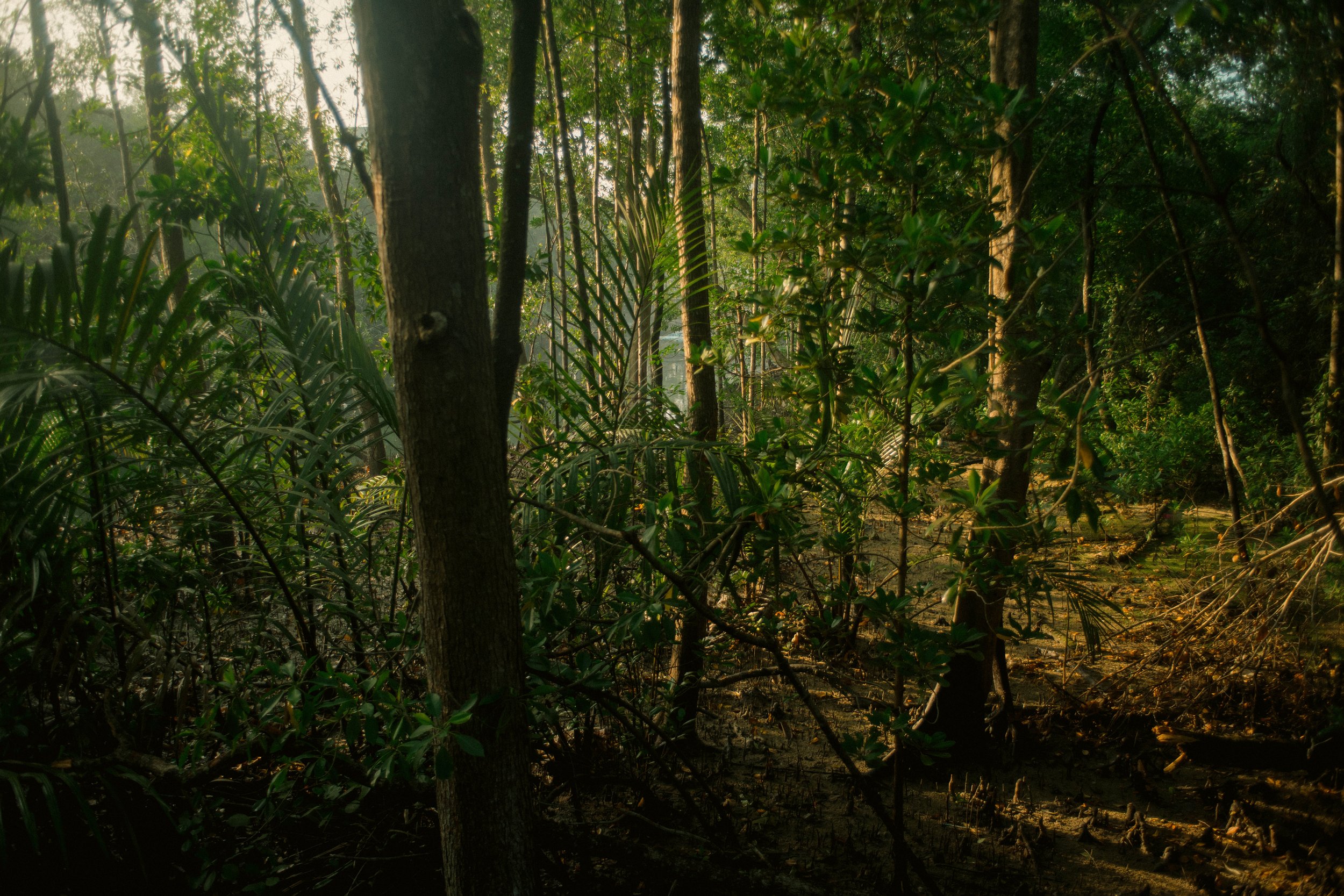

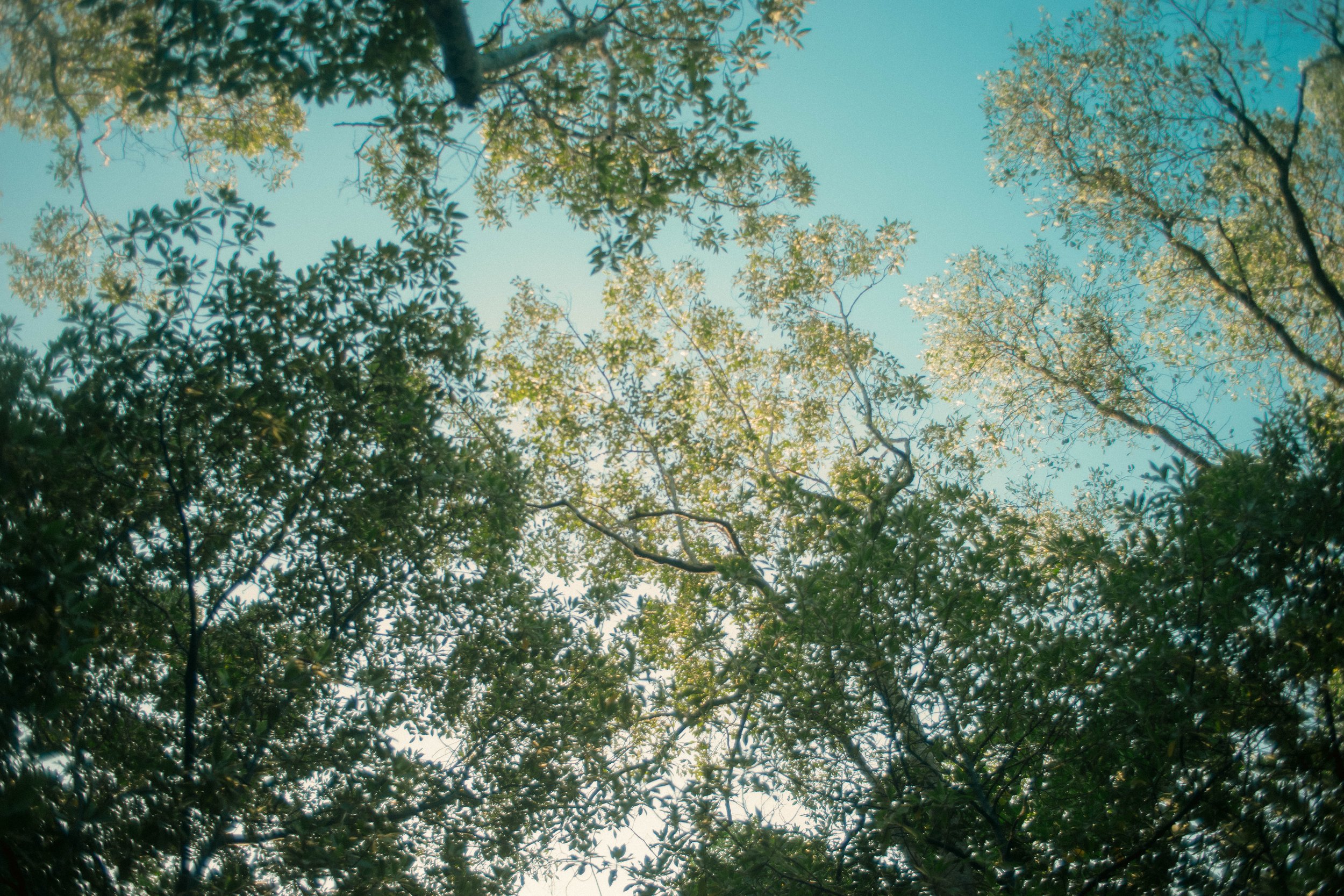
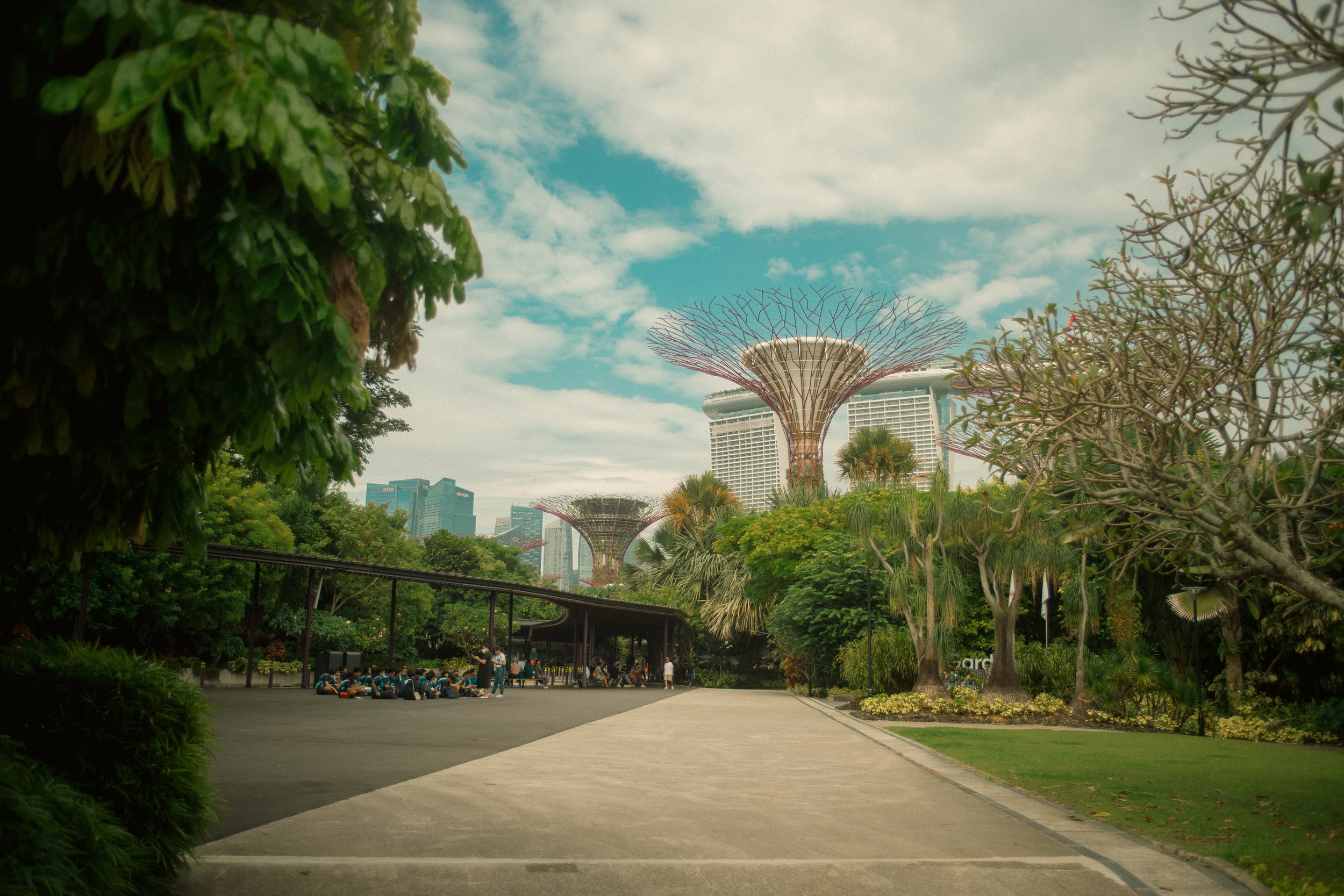
References: Al, S. (2022, May 13). How Singapore's "Garden City" vision fused nature and urban design like nowhere else. Big Think. Retrieved June 22, 2024, from https://bigthink.com/the-present/supertall-singapore/
Erickson, S., & Bennett, S. (n.d.). World population. Wikipedia. Retrieved June 22, 2024, from https://en.wikipedia.org/wiki/World_population#cite_note-2
Frontiers. https://www.frontiersin.org/journals/ecology-and-evolution/articles/10.3389/fevo.2020.00073/full
Lee Kuan Yew was actually Singapore's chief gardener. (2016, March 27). CNBC. Retrieved June 22, 2024, from https://www.cnbc.com/2016/03/27/lee-kuan-yew-was-actually-singapores-chief-gardener.html
Science: California Biodiversity. (n.d.). California Department of Fish and Wildlife. Retrieved June 22, 2024, from https://wildlife.ca.gov/Science-Institute/Biodiversity
68% of the world population projected to live in urban areas by 2050, says UN | UN DESA | United Nations Department of Economic and Social Affairs. (2018, May 16). the United Nations. Retrieved June 22, 2024, from https://www.un.org/development/desa/en/news/population/2018-revision-of-world-urbanization-prospects.html
Sprawling cities are rapidly encroaching on Earth's biodiversity. (2022, March 31). NCBI. Retrieved June 22, 2024, from https://www.ncbi.nlm.nih.gov/pmc/articles/PMC9169778/
Urban Development Overview. (n.d.). World Bank. Retrieved June 22, 2024, from https://www.worldbank.org/en/topic/urbandevelopment/overview
Creating Garden Cities.
Written by Laura Czaplicki.
